Start learning 50% faster. Sign in now
Note- At least Two but not more than four people sitting on each edgs of the table, C sits at one of the corner. The one whose age is 36 years, sit second to the left of C. G is 36 years old. 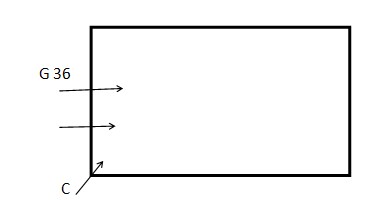 Three persons are siting between G and M. D sits immediate left of M. D sits at one of the corner of the table.
Three persons are siting between G and M. D sits immediate left of M. D sits at one of the corner of the table. 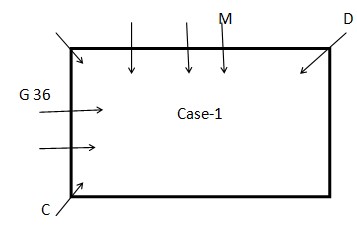
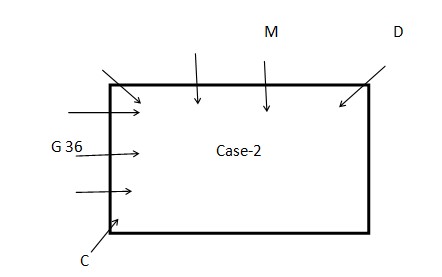 Same Number of people seated in opposite edges.
Same Number of people seated in opposite edges. 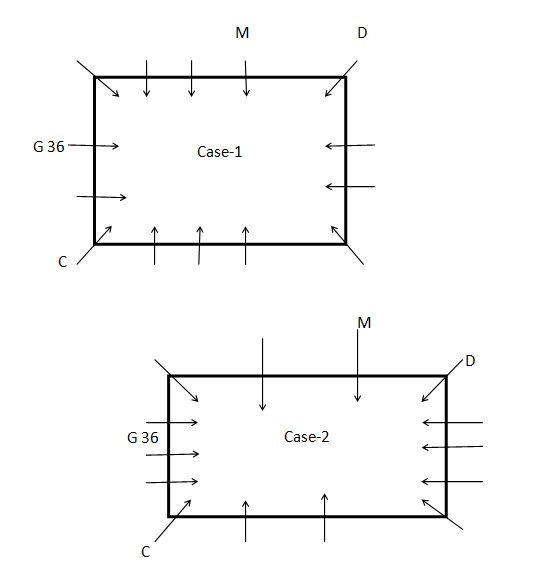 F whose age is 52 sits sixth to the right of the one whose age is 10 less than F and both of them are immediate neighbor of the person sitting at the corner. Neither C nor G is an immediate neighbor F.
F whose age is 52 sits sixth to the right of the one whose age is 10 less than F and both of them are immediate neighbor of the person sitting at the corner. Neither C nor G is an immediate neighbor F. 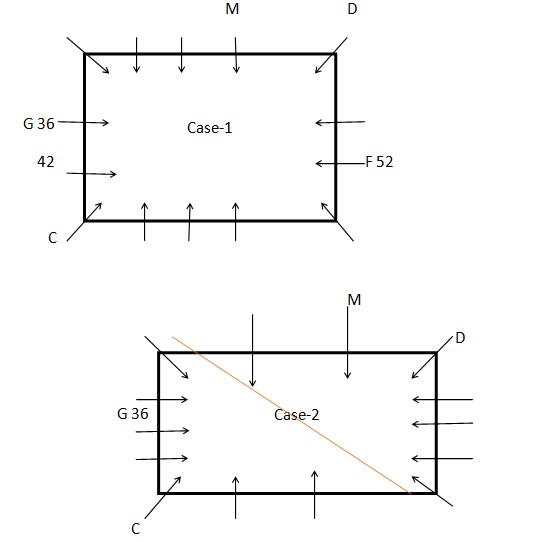 We cannot fix the position of F and the one whose age is 42 in case2, so this case is eliminated. N sits third to the left of F. E sits sixth to the left of N. The one whose age is 44 sit second to the right of the one who is sitting opposite to E
We cannot fix the position of F and the one whose age is 42 in case2, so this case is eliminated. N sits third to the left of F. E sits sixth to the left of N. The one whose age is 44 sit second to the right of the one who is sitting opposite to E 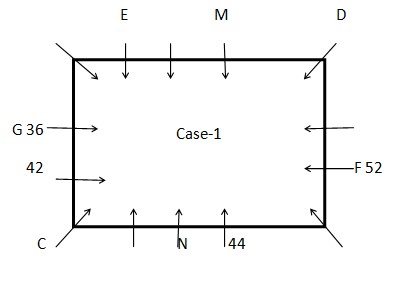 H is an immediate neighbor of the one whose age is 44. The one who is 48years old sits fourth to the right of H. The age of C is equal to half of the age of M. Number of person sits between C and E when counted from left of C is equal to number of person sit between E and the one whose age is 30.
H is an immediate neighbor of the one whose age is 44. The one who is 48years old sits fourth to the right of H. The age of C is equal to half of the age of M. Number of person sits between C and E when counted from left of C is equal to number of person sit between E and the one whose age is 30. 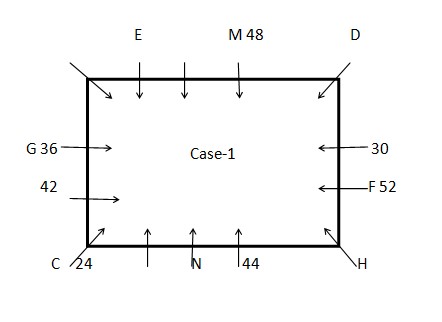
The Pradhan Mantri Janjatiya Unnat Gram Abhiyan aims to improve the socio-economic condition of tribal communities. Which of the following is NOT a key ...
What is the premium amount for the ‘Snehamitram’ life insurance scheme for dairy farmers in Kerala?
Reserve Bank of India has launched the Inflation Expectations Survey of Households (IESH) which will provide useful inputs for?
Which state has unveiled the Milk Price Incentive Scheme, which will benefit around 53,000 people?
Which urban body in India became the first to receive EPR credit for recycling single-use plastic items after seizing them?
Consider the following information with respect to the current account gap been reported by the central bank -
I.India’s current account defici...
In Which prestigious film festival will host a "Bharat Parv" for the first time?
With an aim to empower MSMEs, offering a diverse array of value-added services and comprehensive support throughout their business journey,Godrej Capita...
Who has been chosen as one of the flag bearers for India at the Paris 2024 Olympics Closing Ceremony alongside PR Sreejesh?
The Centre launched NIPUN Bharat mission, aimed at equipping every child till class 3 with basic comprehension and mathematical skills. What is the acro...